
The “operita” is a love story between the spirit of the sensitive and vibrant city of Buenos Aires (Giuliano Di Capua) and María (Gabriela Bergallo), the passional woman who sang in the cabarets of Buenos Aires and represents the Tango music of the forties, that dies for her vices, and comes back as a shadow, giving birth to the new Tango.

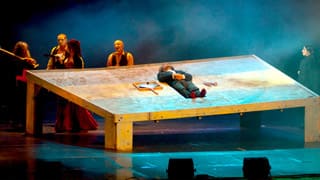
1. Alevare: at a funeral ceremony for Tango, the Spirit of Buenos Aires (Giuliano Di Capua) calls for the forgotten voice of the beloved Tango/María.
Photo: Nicola Di Capua, Roman Zhdanov, Ilona Markarova, Max Kuznetzov, Giuliano Di Capua (the Spirit of Buenos Aires), Gabriela Bergallo (María).
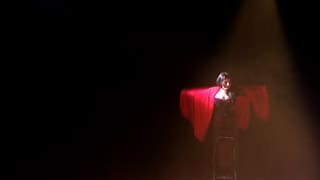
2. Tema de María: María (Gabriela Bergallo) responds coming back from the death.
Photo: Gabriela Bergallo (María).
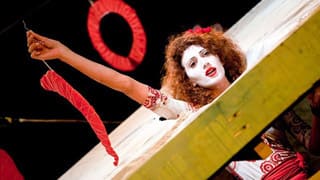
3. Balada para un organito loco: a street-singer (Ilona Markarova) and the Spirit of Buenos Aires (Giuliano Di Capua) tell the legend of María’s origins in the poor outskirts of Buenos Aires.
Photo: Ilona Markarova (the street-singer).
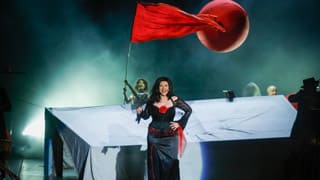
4. Yo soy María: María introduces herself as tango, night, fatal passion and love of Buenos Aires.
Photo: Gabriela Bergallo (María).
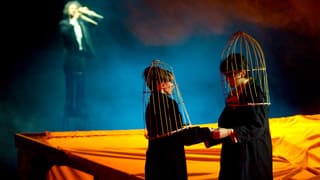
5. Milonga Carrieguera: the Sparrow (Giuliano Di Capua), in love with María, fears that she will be loved by other men and tries, in vain, to prevent her going to the low-life of the city.
Photo: Giuliano Di Capua (the Sparrow), Alexandra Wachter, Mikhail Immamutdinov.
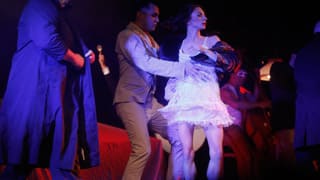
6. Fuga y misterio: María descends into the city night life.
Photo: Alexandra Wachter, Mikhail Immamutdinov.
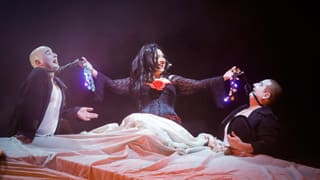
7. Poema valseado: María tells us how passion and sex govern her life: she also realises that, therefore, her death is inevitably near.
Photo: Max Kuznetzov, Gabriela Bergallo (María), Roman Zhdanov.
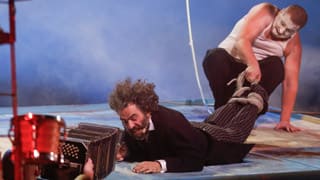
8. Tocata rea: the Spirit of Buenos Aires, in love with María, tries to destroy the bandoneon, which he considers the cause of María’s fall.
Photo: Giuliano Di Capua (the Spirit), Roman Zhdanov.
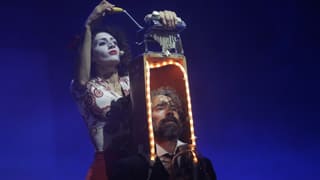
9. Miserere canyengue: María is condemned to be stabbed in the heart and to remain thereafter forever a shadow walking in daylight of Buenos Aires.
Photo: Ilona Markarova, Giuliano Di Capua (Old Major Thief).

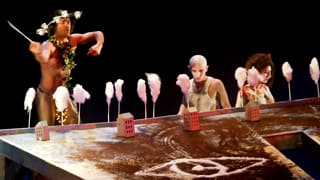
10. Contramilonga a la funerala: the Spirit, desperate, describes the death and the burial of María in coffee dregs.
Photo: Giuliano Di Capua (the Spirit), Max Kuznetsov, Ilona Markarova.
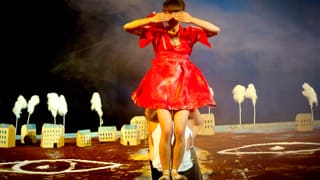
11. Tangata del alba (instrumental-dance): María’s soul dances at dawn.
Photo: Alexandra Wachter (María’s soul), Mikhail Immamutdinov.
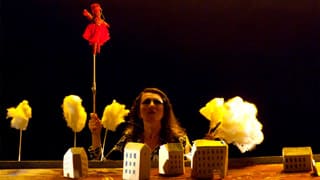
12. Carta a los árboles y a las chimeneas: María’s Shadow wanders nostalgically through Buenos Aires autumn, trying to avoid the sun.
Photo: Gabriela Bergallo (the Shadow of María).
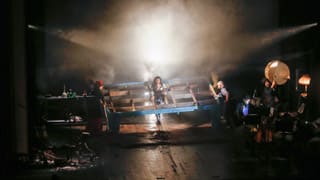
13. Aria de los analistas: a mock-psychoanalysis tries to extract from María’s Shadow memories that she does not have. She only remembers the cruel mystery that made her be born and die.
Photo: Gabriela Bergallo (The Shadow of María), Max Kuznetsov, Giuliano Di Capua (First Analyst).
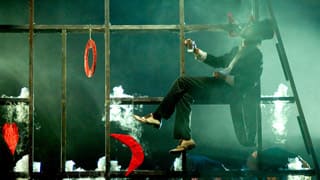
14. Romanza del Duende: the Spirit of Buenos Aires is drunk and cannot recover from the pain of losing María/Tango. But three marionettes make possible the immaculate conception of Tango Nuevo, bringing the love of the Spirit into the Shadow of María.
Photo: Giuliano Di Capua (the Spirit of Buenos Aires).
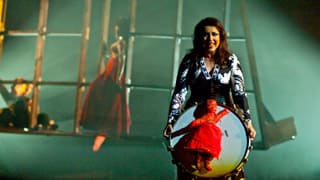
15. Milonga de la anunciación: María’s Shadow feels that she is pregnant and that she wants to give birth.
Photo: Gabriela Bergallo (The Shadow of María).
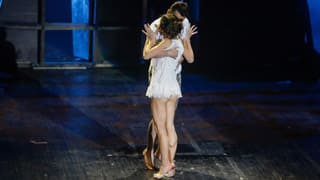
16. Allegro tangabile (instrumental-dance): the happiness of conception.
Photo: Alexandra Wachter, Mikhail Immamutdinov.
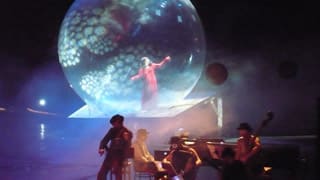
17. Tangus Dei: Sunday morning. the Spirit of Buenos Aires and a voice of that Sunday, describe how the day progressively goes crazy, culminating in the birth of the redemptor: a new María – Tango Nuevo.
Photo: Gabriela Bergallo (new born María) & Ensemble Remolino.
THE END or THE NEW BEGINNING....
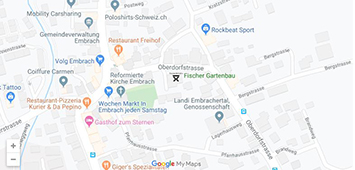
Kontakt
Teatro Di Capua
Adresse
Oberdorfstrasse 16
CH-8424 Embrach
T: + 41 76 296 99 29
tdc@teatrodicapua.ch